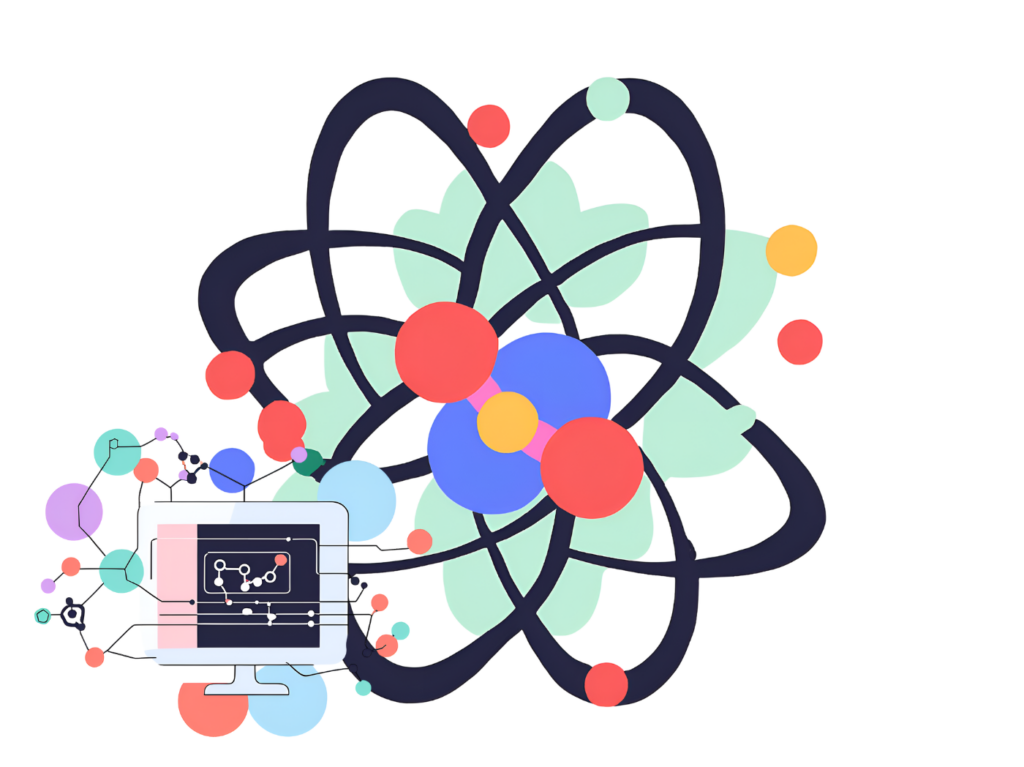Quantum Computing: The Breakthrough of 2024
go.ncsu.edu/readext?1050567
en Español / em Português
El inglés es el idioma de control de esta página. En la medida en que haya algún conflicto entre la traducción al inglés y la traducción, el inglés prevalece.
Al hacer clic en el enlace de traducción se activa un servicio de traducción gratuito para convertir la página al español. Al igual que con cualquier traducción por Internet, la conversión no es sensible al contexto y puede que no traduzca el texto en su significado original. NC State Extension no garantiza la exactitud del texto traducido. Por favor, tenga en cuenta que algunas aplicaciones y/o servicios pueden no funcionar como se espera cuando se traducen.
Português
Inglês é o idioma de controle desta página. Na medida que haja algum conflito entre o texto original em Inglês e a tradução, o Inglês prevalece.
Ao clicar no link de tradução, um serviço gratuito de tradução será ativado para converter a página para o Português. Como em qualquer tradução pela internet, a conversão não é sensivel ao contexto e pode não ocorrer a tradução para o significado orginal. O serviço de Extensão da Carolina do Norte (NC State Extension) não garante a exatidão do texto traduzido. Por favor, observe que algumas funções ou serviços podem não funcionar como esperado após a tradução.
English
English is the controlling language of this page. To the extent there is any conflict between the English text and the translation, English controls.
Clicking on the translation link activates a free translation service to convert the page to Spanish. As with any Internet translation, the conversion is not context-sensitive and may not translate the text to its original meaning. NC State Extension does not guarantee the accuracy of the translated text. Please note that some applications and/or services may not function as expected when translated.
Collapse ▲
Quantum Computing
The start of a new year is often a good time to look back at the year that has passed. It is not unusual to see “top ten” lists during this season, and prognostications abound. 2024 certainly has provided robust candidates, including trends that have become media darlings such as Artificial Intelligence and Cybersecurity.
This writer would like to humbly nominate Quantum Computing as the technology of 2024, the year in which it ceased being only theoretical. This is computing on an extremely small scale, even beyond nanosize. Until 2024 data has been binary, referred to as bits, and in essence can only be either a 1 or a 0. Quantum computing is built with qubits, which can each be a 0, 1, or a combination of both simultaneously. Specific kinds of calculations can now be performed significantly faster through execution of multiple possibilities. The computers on our desks today can only process data sequentially, while a quantum computer can work in parallel. The impact of this will be both profound and broad.
We can gain insight into the magnitude of this leap by practically considering physical dimensions, which have progressed from components that can be manipulated by human hands down to sizes that cannot easily be conceived by the human mind.
State of the art science at the beginning of my personal journey was surface mount technology. The library at the university employed specialized technicians, repairing microfilm readers, photocopiers and display terminals connected to the mainframe systems of the day. These devices contained circuit boards composed of proprietary components soldered on plastic sheets, which were about as thick as a graham cracker. Service team members would simply pull out the boards and visually inspect them for damage. Once a problem was located, a repair or replacement was manually installed.
Fast forward 20 years, and circuitry is often printed rather than wired or soldered. Micro circuits imaged in conductive inks were exponentially more dense than surface mounted technology. A typical example of the time, like the membrane switch inside every keyboard, was manufactured in great volume and at a very low cost. Impositions of circuit boards were printed on ultrathin sheets of vinyl at speeds of 10,000 sheets per hour or higher. Die cut, stacked and glued to form sub assemblies, these components are lighter, thinner and smaller than the prior circuit boards. However, these items are not yet nanoscale, and they are not repairable.
Take yet another 20 year jump, and application specific integrated circuits (ASIC) are deployed which contain entire microprocessors and memory blocks. These system on chip (SoC) designs contain hardware description language (HDL). Concurrent work on one task by a virtually unlimited network of devices is the new norm. Thinking back to the scale of surface mount components, ASIC may be the liminal point. At or beyond this scale, the human mind may no longer be able to practically comprehend the dimensions of the structure without assistance.
Despite the breakneck pace of this innovation, data technicians are still monitoring and replacing components as needed. Today these articles are much more sophisticated, which brings to mind Moore’s Law. Gordon Moore was a founder of a semiconductor company, and his “law” modeled the potential pace of technological advancement. They may have been difficult to believe at the time, but his predictions were accurate for 50 years.
Now that quantum computing is actually in the marketplace, Moore’s Law will probably have to be put up onto the shelf. Prominent American firms are offering quantum services today, and these are delivering significant results. For example, parallel processing can efficiently simulate complex molecules undergoing chemical reactions, which is relevant in agricultural, pharmaceutical and materials research.
2024 was a year that yielded a great deal of advancement and insight. As we look to the future, quantum computing is likely to be the most significant innovation of them all.




